Amazonia is the world’s largest tropical forest and spans nine countries in South America. After Brazil, Peru has the greatest extension of this biome which represents more than half of the surface of the country. The Loreto and Ucayali Regions are the two largest Amazon regions in Peru and are traditionally occupied and protected by indigenous groups. Unfortunately, hundreds of indigenous communities have no recognized ownership rights and their lands are under tremendous pressure from logging, agro-industries and colonists. Without the titles to their territories, native communities have no legal instrument to defend these lands from activities like logging and agricultural expansion.
Our conservation partners the Development of an Indigenous Amazon (CEDIA) raised $4,583,920 to title 220 communities covering more than six million acres in order to legally protect indigenous lands. It is crucial to close the unprotected gaps between indigenous territories to prevent colonists and industries from negatively affecting the integrity of the ecosystems. In addition to granting communities the rights to their land, this will provide protection for Endangered species such as the White-bellied Spider Monkey, Giant Otter and Black-faced Black Spider Monkey.
*Carbon Storage figures represent estimated metric tonnes of CO2 equivalents stored in above-ground live woody biomass at the project site, as converted from Aboveground Live Woody Biomass Density data provided by the Woods Hole Research Center through climate.globalforestwatch.org.
Loreto and Ucayali Regions
6,102,946
Black-faced Black Spider Monkey (EN), Giant Otter (EN), White-bellied Spider Monkey (EN)
Land Titling for Indigenous Communities
CEDIA / Rainforest Trust
1,135,860,000 mT*
*(metric tonnes of CO2 equivalents)
The Amazonia is most biodiverse biome in the planet, with diversity hotspots occurring in the western part of the Amazon basin (also known as Andes-Amazonia).
Through this ambitious conservation initiative, protection will span five different and threatened ecoregions: Ucayali moist forests, Napo moist forests, Southwest Amazon moist forests, Iquitos Varzea and Solimoes Japurá moist forests. The project site is located in the southern part of Loreto and throughout the Ucayali Region all the way to the foothills of the Andes. Many threatened species are dependent on the project site, including primates such as the Endangered White-bellied Spider Monkey and Black-faced Black Spider Monkey, large mammals such as the Endangered Giant Otter and Vulnerable Lowland Tapir, and reptiles such as the Vulnerable Yellow-footed Tortoise and Yellow-spotted River Turtle.
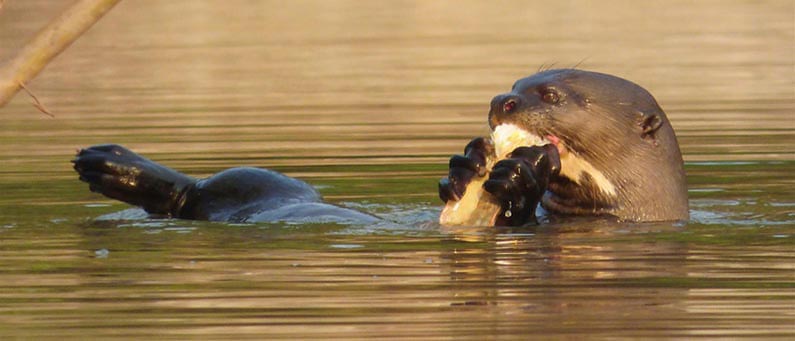
The lack of recognized indigenous land titles promotes the idea that these are empty areas that are available for exploitation, which generates conflicts among the indigenous groups trying to defend their territories and the colonists wanting to develop exploitative activities.
The major threats to these areas are logging, mining, oil and gas extraction and colonization for agriculture. These activities are closely related to the lack of land property legalization or usage rights in areas occupied by indigenous groups. Land titles will give the rights for legal management of the territories and resources to communities, and also the responsibility for their care in accordance to the law.
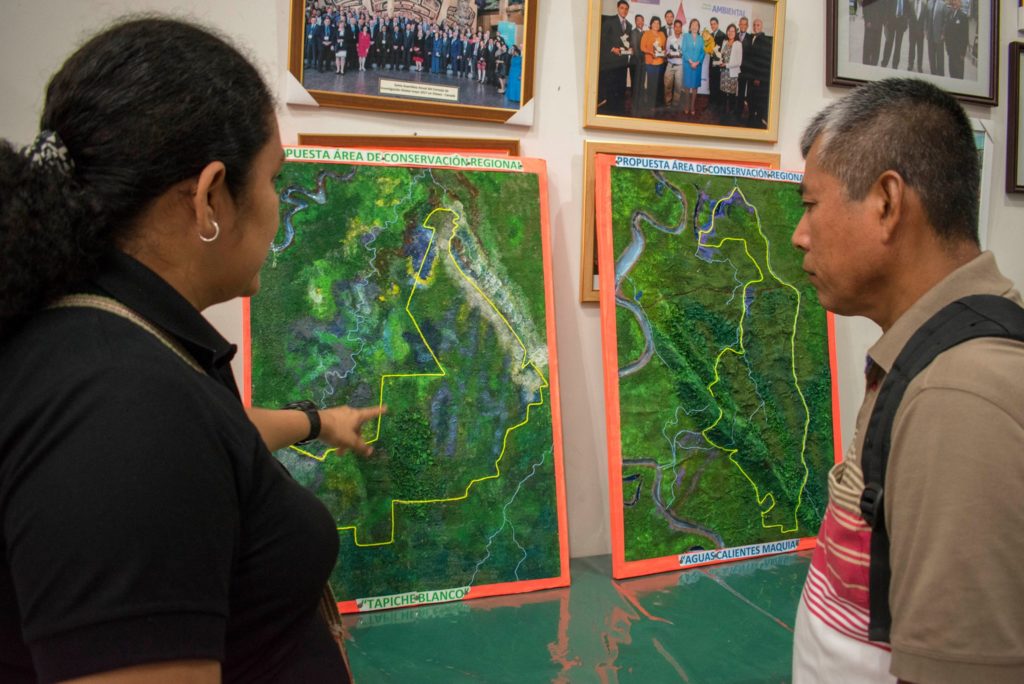

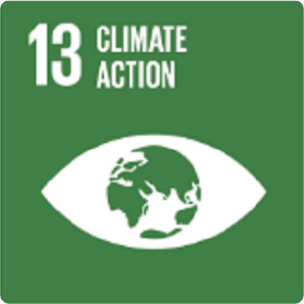
GOAL 13 – Climate Action
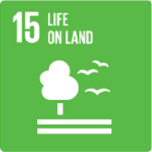
GOAL 15 – Life on Land
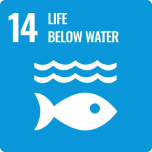
GOAL 14 – Life Below Water
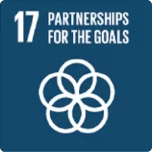
GOAL 17 – Partnerships for the Goals
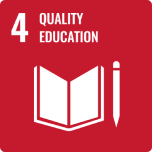
GOAL 4 – Quality Education
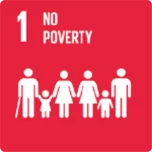
GOAL 1 – No Poverty
One Tribe enables businesses to be more sustainable by funding rinforest protection projects that store carbon from being released into the atmosphere. By enabling customers to protect rainforest when they shop online we also empowers consumers to drive positive change
One Tribe is a Climate Action Platform enabling businesses and their customers to make a positive environmental impact.


Eric currently works as an independent consultant at the intersection of nature and climate, focused on catalysing market and non-market solutions to drive the just transition.
He previously was Head of Product at Earthshot Labs, supporting nature conservation and restoration projects across the global south secure project finance. Prior to Earthshot Labs, Eric led nature-based carbon project development for Gorongosa National Park in Mozambique and founded the Carbon Cooperative, a global alliance of leading nature conservation and restoration practitioners exploring carbon finance. After serving in the Peace Corps in Mozambique out of university, he spent much of his 20s working in community-based conservation and ecosystem restoration efforts in Sub-Saharan Africa interspersed with two startup ventures as co-founder and CEO of a mental health tech startup and COO of a sustainable coffee company. Eric has a dual Masters in Environmental Engineering and Environmental Policy from Stanford University where he was a NSF Graduate Research Fellow and a BS in Environmental Engineering from Tufts University.
Alan is a risk management thought-leader, superconnector, and FinTech pioneer. His mission is to enable an Earth Positive economy which includes nature in global accounting systems.
Alan is Founder of Generation Blue, a venture studio dedicated to planetary game changers powered by exponential technologies. Previously, Alan established Natural Capital Markets at Lykke AG, pioneering blockchain based forestry and carbon backed tokens. Alan has over two decades of risk management experience advising global financial institutions, and was a founding member of the RiskMetrics Group, a JPMorgan spin-off. Alan is an investor and advisor to regenerative impact ventures, including TreeBuddy.Earth, Regenativ, and Vlinder Climate.
Lori Whitecalf made history when she became the first woman to be elected Chief of Sweetgrass First Nation in 2011. She served three terms of office from 2011-2017.
Lori took a two-year hiatus from leadership to expand the family ranch and serve as the FSIN Senior Industry Liaison. She was re-elected on November 29. 2019 and again on November 30, 2021, as Chief of Sweetgrass. Chief Whitecalf practises a traditional lifestyle of hunting, fishing and gathering. She currently sits on the following boards: Saskatchewan Indian Institute of Technology, FSIN Lands and Resource Commission, Battle River Treaty 6 Health Centre and Battleford Agency Tribal Chiefs Executive Council, FSIN Women’s Commission.
Tina is the Chief Business Officer for MLTC Industrial Investments, the Economic Development arm of the Meadow Lake Tribal Council. She has a diverse background of experience. Having spent 15 years as a municipal Chief Operating Officer, 20 years involved in Saskatchewan’s Health Authority Board Keewatin Yatthe and 9 years with Northern Lights Board of Education.
She continues as a Board Member with Beaver River Community Futures supporting small business development in her home region. Tina brings a wealth of experience in a variety of fields and many connections to the Indigenous communities of Northern Saskatchewan. In addition Tina holds a BA Advanced from the U of S, a Certificate in Local Government Authority from the U of R and is certified as a Professional Economic Developer for Saskatchewan and a certified Technician Aboriginal Economic Developer (TAED).
Tootoosis’ career spans 40+ years in HRM, political leadership, and Indigenous economic development, as a dedicated bridge builder and advocate for Indigenous causes.
As a key member of the Saskatoon Regional Economic Development Authority (SREDA) team since 2021, he develops strategies for the Truth and Reconciliation Commission final report and Call to Action #92.
He is a graduate of the First Nations University of Canada and a certified Professional Aboriginal Economic Developer. Spearheading various community initiatives while serving as a Chair of the SIEDN while directing ILDII and WIBF. Founder of MGT Consulting Tootoosis is based in Saskatoon, Treaty Six Territory.
Cy Standing (Wakanya Najin in Dakota) has a long and distinguished career including serving overseas as an Electronics Technician in the Royal Canadian Air Force, former Chief of Wahpeton Dakota Nation, former Vice Chief of the Federation of Saskatchewan Indigenous Nations (FSIN), past Executive Director of Community Development Branch of the Department of Northern Saskatchewan as well as an Order in Council appointment to the Federal Parole Board.
Mr. Standing has served as a Director on many Profit and Non-Profit Corporate Boards, including serving as a Director for Affinity Credit Union with assets of over six billion dollars as well as IMI Brokerage and Wanuskewin and is currently a member of the One Tribe Indigenous Carbon Board.